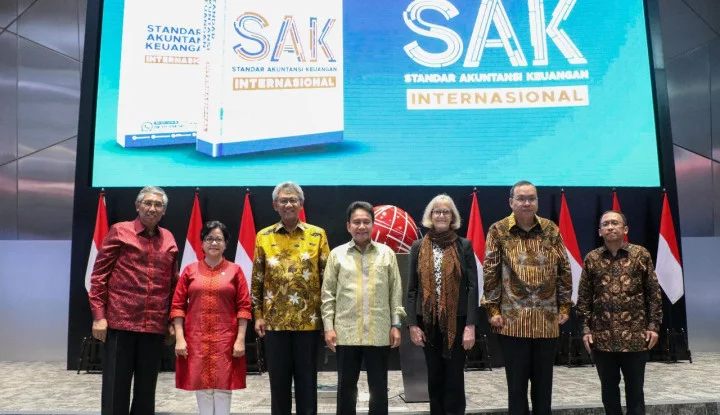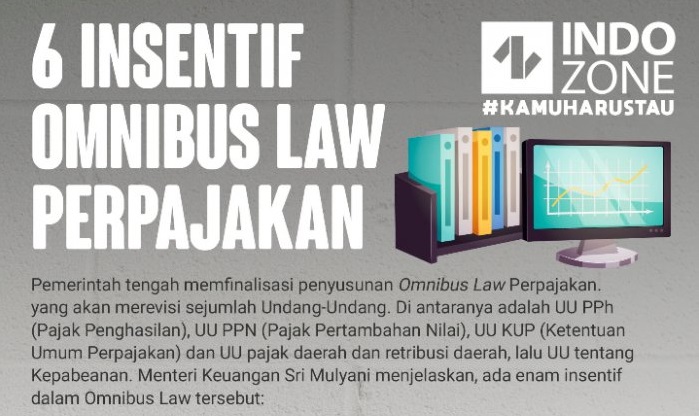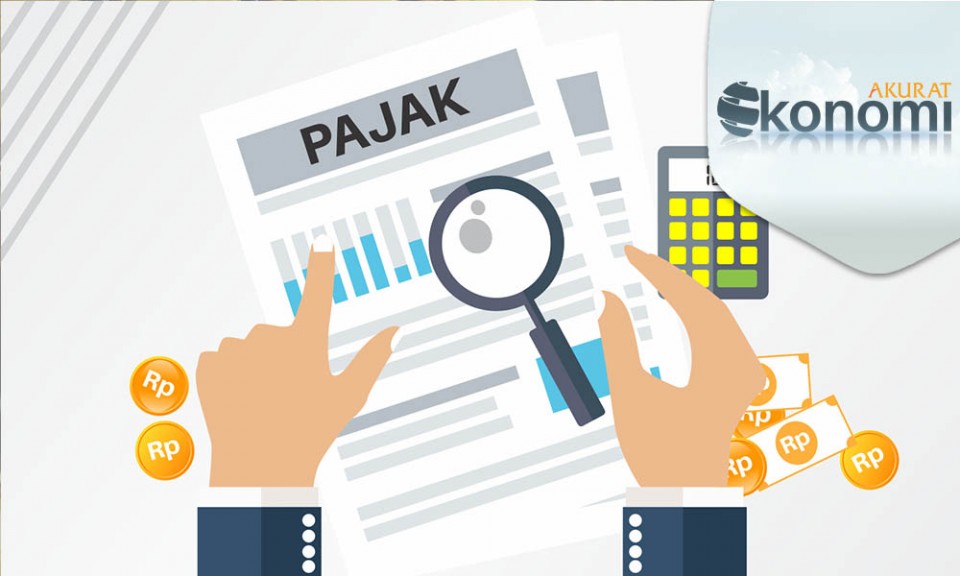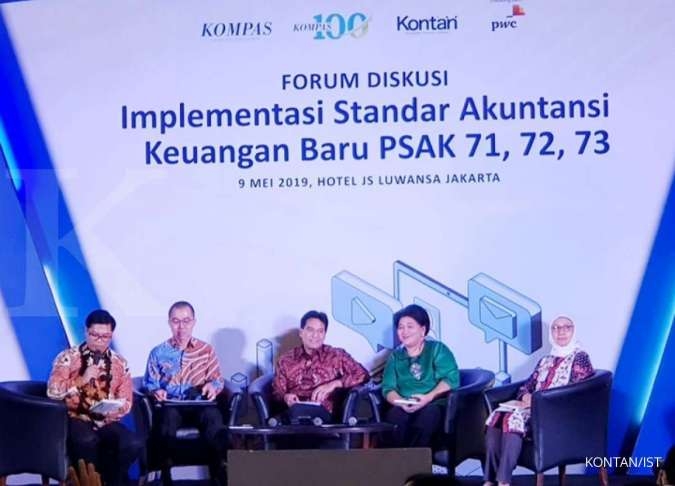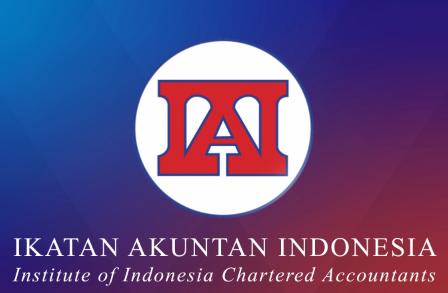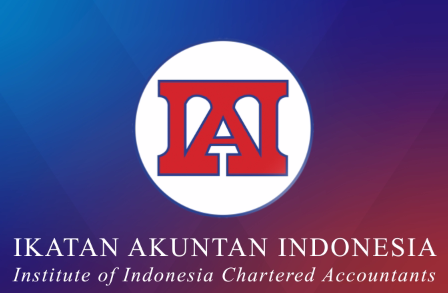
The accounting profession’s pursuit of quality in auditing has led CPAs and regulators to consider what factors might correlate with high-quality performance on an engagement.
A new study by the AICPA Peer Review team has revealed a set of factors that had a strong correlation with quality in single audits, which are compliance audits of governments, not-for-profits, institutions of higher education, and Indian tribes expending $750,000 or more in federal awards in a given year.
In the study, the Peer Review team randomly selected a sample of 87 single audits for “enhanced oversight” by subject-matter experts in public practice. The engagements were selected from a population of about 1,100 engagements that were subject to peer review and had year ends of Nov. 30, 2015, or earlier.
The review showed that three factors had a strong correlation to quality performance in the sample:
- Size of single audit practice.
- Membership in the AICPA’s Governmental Audit Quality Center (GAQC).
- Qualifications of the engagement partner.
In the review, audits completed by firms that perform 11 or more single audits had a nonconformity rate of 15% in the study, compared with 49% for firms that perform 2 to 10 single audits each year and 62% for firms that perform one single audit annually.
“After a careful review of the engagements in question, we have concluded that performing a small number of audits in a specialized area, such as single audits, regardless of firm size, is more likely to result in audit quality issues,” James Brackens, CPA, CGMA, AICPA vice president–Ethics & Practice Quality, Public Accounting, said in a news release.
Fifty-eight percent of audits by firms that are not members of the GAQC were found to be nonconforming, compared with 32% nonconformity for audits by GAQC member firms. When considering firms that both performed 11 or more single audits in a year and were members of the GAQC, the nonconformity rate dropped to zero.
In addition, engagement partners who performed more single audits had fewer instances of nonconformity in the study. A nonconformity rate of 25% was observed in audits performed by an engagement partner who reviewed and signed 11 or more single audits annually. Nonconformity rose to 44% for engagement partners who perform 2 to 10 single audits each year, and to 68% for engagement partners who perform just one single audit annually.
Nonconformity also decreased when engagement partners had six or more years of experience, and when engagement partners had taken nine or more hours of single-audit-specific CPE in the three years before the audit.
These findings support numerous recommendations that the AICPA has promoted during its Enhancing Audit Quality initiative, including:
- Accept only engagements that the firm is competent to perform.
- Keep practice aids and A&A guides up to date.
- Make sure the engagement team is the firm’s “A” team (and “A” doesn’t stand for “available”).
- Consider the engagement team’s experience and single-audit-specific education.
- Engage a knowledgeable third party where appropriate.
- Join the GAQC.
- Have the engagement team perform appropriate consultations throughout the engagement.
- Have engagement quality-control review criteria that are appropriate in light of the risks of operating in this area.
- Follow a best practice known as “shadow/bench/door” for partners that perform materially nonconforming engagements. This means shadowing these partners’ work in the area where the nonconformity occurred, by involving another partner throughout the engagement; benching the partner by requiring him or her to perform engagements that do not fall into the area where nonconformity was noted; or showing the partner the door. In this system, the severity of the response is based on the severity of the issue.
For more information, see an infographic posted on the AICPA website.
—Ken Tysiac (Kenneth.Tysiac@aicpa-cima.com) is a JofA editorial director.
